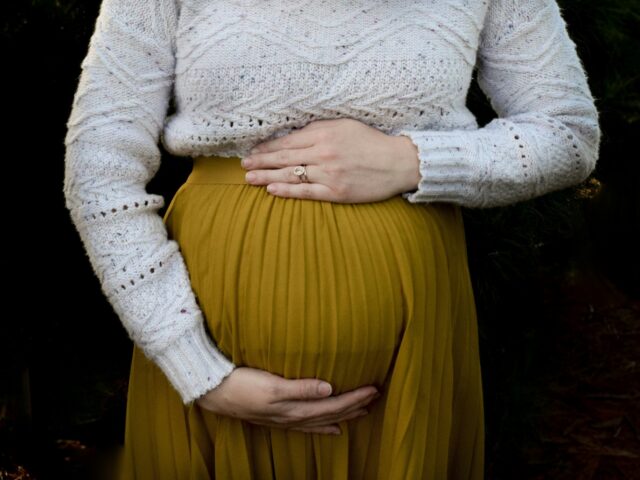Live births are almost at their lowest levels in modern history while the total fertility rate has hit 1.44 children per woman, the lowest since records began, says Britain’s Office for National Statistics (ONS).
The long term trend-line of falling birth rates in Britain continues, with England and Wales — grouped together by the UK government for statistical purposes — seeing one of the lowest total number of live births recorded in modern history. There were 591,072 live births in 2023, a slight fall on the year before and the lowest since 1977, when 569,259 were born, the lowest birth year since Britain essentially overcame its infant mortality rate problem in the Victorian era.
Indeed, as noted by the ONS, live births have been over 600,000 for all but 11 of the past 172 years since 1851, when the population of England and Wales was around 20 million, just a quarter of what it is now. Shockingly, the 2023 level of births is now hovering around the level seen during the baby slump of the Second World War when in many cases men and women in many cases were physically removed from each other’s company by state compulsion.
Even so, the number of births in the late war period was still higher than any year in the post abortion and pill era of the 1970s onwards, government statistics show.
A separate but strongly associated statistic also released by the ONS is that of the total fertility rate, which it says has now fallen to the lowest level since their records began in 1938. The ONS define this measure as: “the average number of live children that a group of women would bear if they experienced the age-specific fertility rates of the calendar year throughout their childbearing lifespan.”
For a nation with low infant mortality and no other external influences, the “total fertility rate needs to be around the replacement level of 2.1 children per woman or higher”, they said. In England and Wales, it is just 1.44, while “age-specific fertility rates declined in almost all age groups”.
Factors cited by the ONS in its review of falling fertility including availability of the pill, the Abortion Act, greater female participation in the workforce and university eductation, and the breaking of “the traditional link between marriage and having children”.
Although the future is hard to predict, present trends suggest England and Wales may be heading towards a future where half of all women born never have a child of their own. As observed by the ONS, the total proportion of women who have children at all “increases in both the total fertility rate during their childbearing years and their completed family size.”
While no region in England and Wales comes close to the demographer’s accepted ‘replacement level’ fertility of 2.1 children, those areas revealed by the ONS to have the highest level of births show a distinct overlap with statistics from the same body showing ethnic distribution across the country. Among those diverse cities and regions are familiar names like Luton, Rochdale, Bradford, Wolverhampton and its associated towns, and Redbridge in London.
Indeed, while fertility plunges to new lows, the UK’s population continues to soar, with the ONS noting today: “the population of England and Wales is projected to continue to grow, largely because of net migration.”
As previously stated, the population of the UK as a whole increased by one per cent in just one year from 2022 to 2023, the largest headcount surge ever observed by the ONS. As reported then:
Were it not for mass migration, the UK population would have fallen, with 16,300 more deaths than births being recorded across the country in the year to mid-2023. This natural decline in population occurred quicker than anticipated, with the ONS previously predicting that the rate would not turn negative until the middle of the next decade.

COMMENTS
Please let us know if you're having issues with commenting.